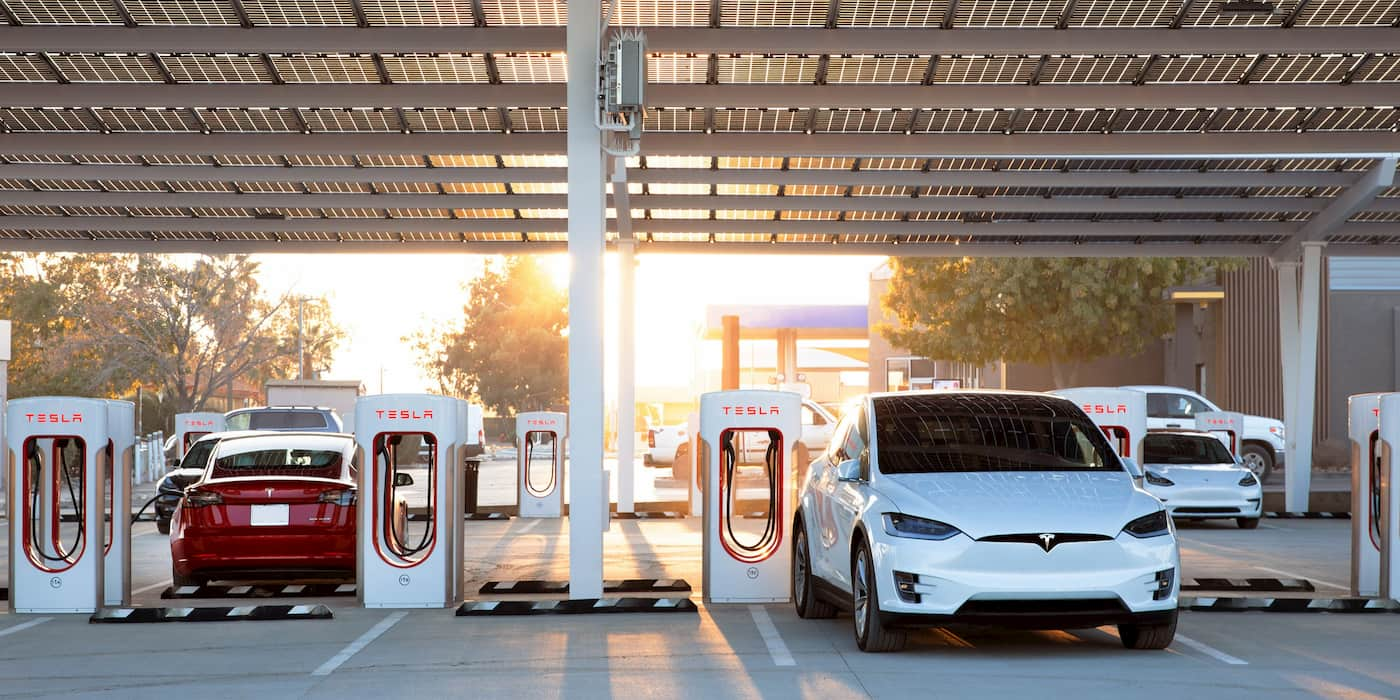
Many EV drivers carry over habits from driving gasoline cars when they charge EVs, but that leads to wasted time, inconvenience, and range anxiety, according to a new study.
Professors Frances Sprei of Sweden’s Chalmers University and Willett Kempton of the University of Delaware are EV technology and usage experts. They interviewed EV users in both Sweden and the US and found unanticipated and previously unreported EV charging habits and ideas.
Their study, “Mental models guide electric vehicle charging,” in April’s edition of the peer-reviewed journal Energy, found that novice EV drivers, and even those who had months of EV driving experience, use a “monitor gauge” mental model: They monitor the battery charge gauge while driving, and when the gauge is low, head to an EV charging station to recharge, as a gas car driver would at a gas station.
In contrast, the study found that a few experienced EV drivers had developed a strategy of
using a trigger event to spur them to plug in their EV.
Kempton said:
Some of the more sophisticated EV users had picked a repeating event that happens at a place they can plug in and at a time or event lasting several hours. This is commonly when returning home at the end of the day or arriving at work.
A few people had selected unexpected triggers, such as shopping, and for one, when walking his dog in the evening.
Users with the “event-triggered” mental model respond to their selected event by plugging in without the need to make decisions on a daily basis. This model means that the driver will likely plug in even if it’s not needed, but interviewees’ feedback suggested that’s worth it not to have to make charging decisions:
“Which trips do I need to take tomorrow?”
“Are tomorrow’s trips less than the miles shown on the gauge now?”
“How likely is an unexpected trip tomorrow?”
The researchers also found a “planning” mental model for taking road trips in an EV. This third model is used only when a driver needs to take a trip longer than their battery range, so they have to plan for DC fast charging availability. Most drivers take longer road trips just a few days a year, but, the authors note, DC fast charging consumes most of the attention in planning EV charging station infrastructure.
The article points out that the problem with using the old “monitor gauge” model is that EV recharging and gasoline refueling require different strategies.
Refueling with gasoline takes only a few minutes, and one has to drive to or stop at a gas station.
By contrast, it can take hours to charge an EV with a Level 1 or 2 charger, and that can be done at home, work, or other places where one is parked anyway. If recharging is started at the right time and place, it takes only seconds to plug in.
Thus, each mental model is well adapted for one fuel but not the other.
Experienced EV drivers who had developed the “event-triggered” model didn’t complain
about range anxiety, inconvenience, or waiting to charge. Rather, the study quotes them saying the following about charging:
“[Recharging] is very practical … Even if you do it every day, it’s a routine thing.”
“The EV is much more convenient … You just put a cord in the wall instead of having to drive to a gas station and refuel and so on.”
“It was pretty nice not to have to refuel. Or rather, one refuels every evening. But one doesn’t have to think about it other times, somehow.”
Sprei said, “One of the implications of our results is that prospective EV buyers, as well as policymakers, should focus on securing access to charging close to home. If you are an EV buyer, you are not just buying a car.”
She added, “The old ‘monitor gauge’ mental model may also lead to a suboptimal oversizing of batteries that causes higher purchasing costs and excess vehicle weight.”
Read more: Volvo Cars says its new partner will reduce its EVs’ charging time by 30%
To limit power outages and make your home more resilient, consider going solar with a battery storage system. In order to find a trusted, reliable solar installer near you that offers competitive pricing, check out EnergySage, a free service that makes it easy for you to go solar. They have hundreds of pre-vetted solar installers competing for your business, ensuring you get high quality solutions and save 20-30% compared to going it alone. Plus, it’s free to use and you won’t get sales calls until you select an installer and you share your phone number with them.
Your personalized solar quotes are easy to compare online and you’ll get access to unbiased Energy Advisers to help you every step of the way. Get started here. – ad*
